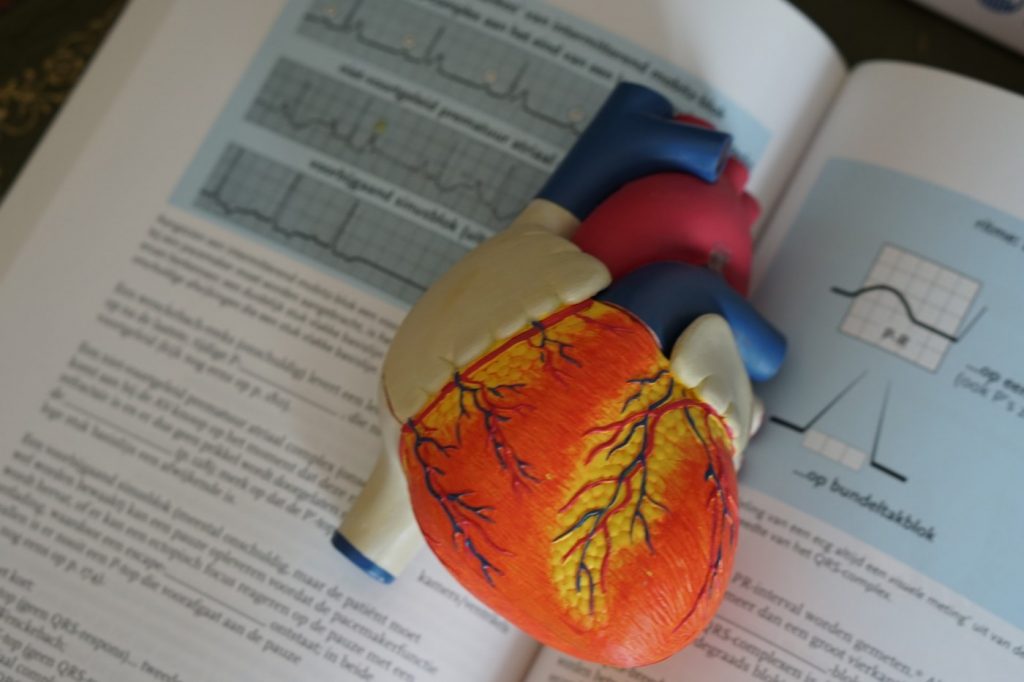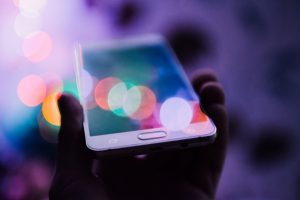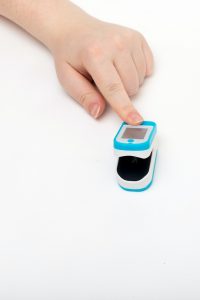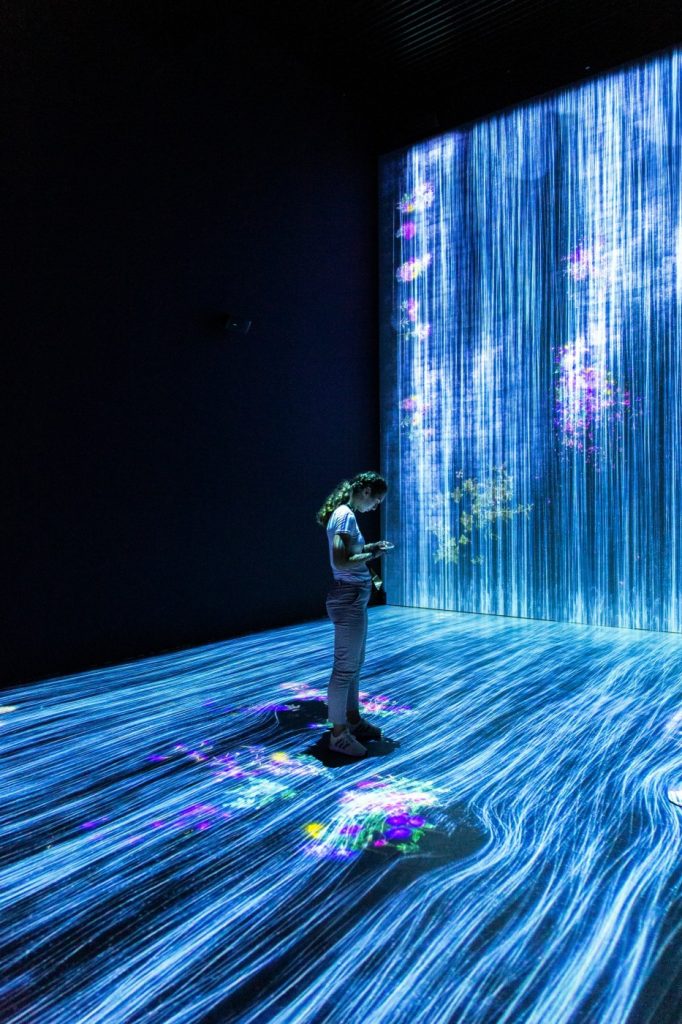My name is Lars Marstaller and I joined BU as Senior Lecturer for “Technology for Behaviour Change” on the Academic Targeted Research Scheme in July 2020. The aim of my project is to develop a smartphone biofeedback app.
 What is biofeedback?
What is biofeedback?
Biofeedback refers to technology that makes biological signals perceptually available that are otherwise hard or even impossible to perceive. Examples of such biological signals are heartbeats or brain waves. By making these biological signals available, the technology creates a feedback loop to the nervous system. The simplest model of such a feedback loop is the thermostat. The thermostat receives feedback by measuring the temperature in a room and then adjusts the heating up or down. This loop is then repeated until a pre-specified goal state is achieved and the room is nice and cozy. A similar loop is created through biofeedback. The important difference, however, is that biofeedback makes the user aware of the feedback signal. This way, the user can consciously try to modulate the signal towards an intentional goal state.

In my research project, I focus on feedback from heartbeats. The smartphone biofeedback app will allow users to listen to their heartbeats on their own or as part of a mindfulness exercise. In addition, the app will allow users to engage in biofeedback training. In this training, users learn to regulate their breathing to maximise their heart rate variability, i.e., to repeatedly speed up and slow down their heartbeats. By manipulating their heart rate variability, users thereby activate cardiovascular homeostatic reflexes in the autonomic nervous system associated with rest and recovery.
Why a smartphone biofeedback app?
 Empirical evidence increasingly suggests that biofeedback has positive effects on a number of psychological conditions, such as anxiety, stress and depression. However, in order to use biofeedback, one needs to spend money on a device. Even though biofeedback devices are becoming increasingly affordable and biofeedback technology is getting integrated into more and more devices, such as smartwatches, the cost of a biofeedback device is likely to affect the adoption of the technology by less affluent parts of the population and in developing countries.
Empirical evidence increasingly suggests that biofeedback has positive effects on a number of psychological conditions, such as anxiety, stress and depression. However, in order to use biofeedback, one needs to spend money on a device. Even though biofeedback devices are becoming increasingly affordable and biofeedback technology is getting integrated into more and more devices, such as smartwatches, the cost of a biofeedback device is likely to affect the adoption of the technology by less affluent parts of the population and in developing countries.
Yet, large parts of the population already possess a computing device with multiple sensors and cameras, i.e. a smartphone. In the UK, around 80 percent of the general population own a smartphone. This means that if my project succeeds, a large part of the population will for the first time have access to sophisticated biofeedback technology by downloading an app from an app store onto their phone.
Artificial intelligence for biofeedback

In order to leverage the technological capabilities of smartphones for biofeedback, I am using state-of-the-art machine learning technology. The problem is how to detect heartbeats in noisy sensor data. My solution is to use convolutional neural networks, a technology that is used in many applications to recognize faces, license number plates, or species of mushroom. This approach requires large amounts of data for training of the neural network.
In the first phase, I am working on creating a dataset for machine learning. The next steps include neural network design and training as well as experimental validation, where my heartbeat detection technology will be compared against the gold standard of electrocardiography. Finally, I will focus on developing the biofeedback app and measuring its efficacy to reduce stress.
If you’re interested in my work and would like to know more or collaborate on large-scale heart rate data projects, please get in touch.
 Focus on Fellowships – Academic Targeted Research Scheme
Focus on Fellowships – Academic Targeted Research Scheme BU Academic Targeted Research Scheme : Immersive Environments for Disaster Management
BU Academic Targeted Research Scheme : Immersive Environments for Disaster Management










 Dr. Ashraf cited on ‘Modest Fashion’ in The Guardian
Dr. Ashraf cited on ‘Modest Fashion’ in The Guardian NIHR-funded research launches website
NIHR-funded research launches website Academics write for newspaper in Nepal
Academics write for newspaper in Nepal New paper published on disability in women & girls
New paper published on disability in women & girls MSCA Postdoctoral Fellowships 2025 Call
MSCA Postdoctoral Fellowships 2025 Call ERC Advanced Grant 2025 Webinar
ERC Advanced Grant 2025 Webinar Horizon Europe Work Programme 2025 Published
Horizon Europe Work Programme 2025 Published Horizon Europe 2025 Work Programme pre-Published
Horizon Europe 2025 Work Programme pre-Published Update on UKRO services
Update on UKRO services European research project exploring use of ‘virtual twins’ to better manage metabolic associated fatty liver disease
European research project exploring use of ‘virtual twins’ to better manage metabolic associated fatty liver disease